Disclosure: This article contains affiliate links. We may earn a commission from purchases at no extra cost to you, which helps our travel content.
As someone who typically spends my days analyzing forest biodiversity metrics rather than restaurant menus, I've discovered that exploring a city's food culture offers similar insights into local ecosystems—just with considerably more delicious research methods. Edinburgh, with its dramatic volcanic geography and centuries of complex history, has cultivated a food scene as multifaceted as a Scottish peatland. During my recent fieldwork studying urban green spaces in the Lothians, I found myself increasingly distracted by the capital's culinary offerings. What began as necessary sustenance between research sites evolved into a systematic exploration of Edinburgh's gastronomic landscape. Having previously documented food-forest relationships in Costa Rica and Japan, I was particularly intrigued by how Scotland's natural resources—from coastal waters to Highland pastures—translate to plate and glass. This weekend guide maps my findings: a biologist's perspective on Edinburgh's food ecosystem, from traditional haggis to contemporary Scottish cuisine, with several worthy diversions into the realm of whisky.
Traditional Scottish Fare: Beyond the Stereotypes
While haggis maintains its position as Scotland's culinary ambassador, Edinburgh's traditional food scene reveals a complex taxonomy of dishes that deserve equal recognition. At The Bow Bar in Old Town, I observed how a simple plate of cullen skink (smoked haddock chowder) represents a perfect adaptation to Scotland's maritime resources—rich, warming, and surprisingly nuanced in flavor profile.
For the most comprehensive sampling of Scottish classics, I recommend The Scran & Scallie, where chef Tom Kitchin applies his Michelin-starred techniques to traditional dishes. Their haggis—that infamous mixture of sheep's offal, oats, and spices—undergoes a remarkable transformation, becoming something genuinely delectable rather than merely a tourist obligation. The accompanying neeps (turnips) and tatties (potatoes) represent the agricultural backbone of Scottish cuisine: hearty root vegetables that thrive in the challenging growing conditions.
Perhaps most fascinating was discovering Marian's of Edinburgh, where generations-old recipes for Forfar bridies (meat pastries) and Scotch pies demonstrate how preservation techniques evolved into beloved comfort foods. The proprietor explained how these hand-held meals sustained workers long before the concept of 'fast food' existed—an elegant solution to feeding a mobile workforce in a pre-industrial economy.
My fieldnotes indicate that for optimal culinary immersion, one should approach traditional Scottish cuisine as an ecological adaptation to both the environment and historical circumstances—with delicious results that extend far beyond the haggis-and-whisky stereotype that dominates international perceptions.
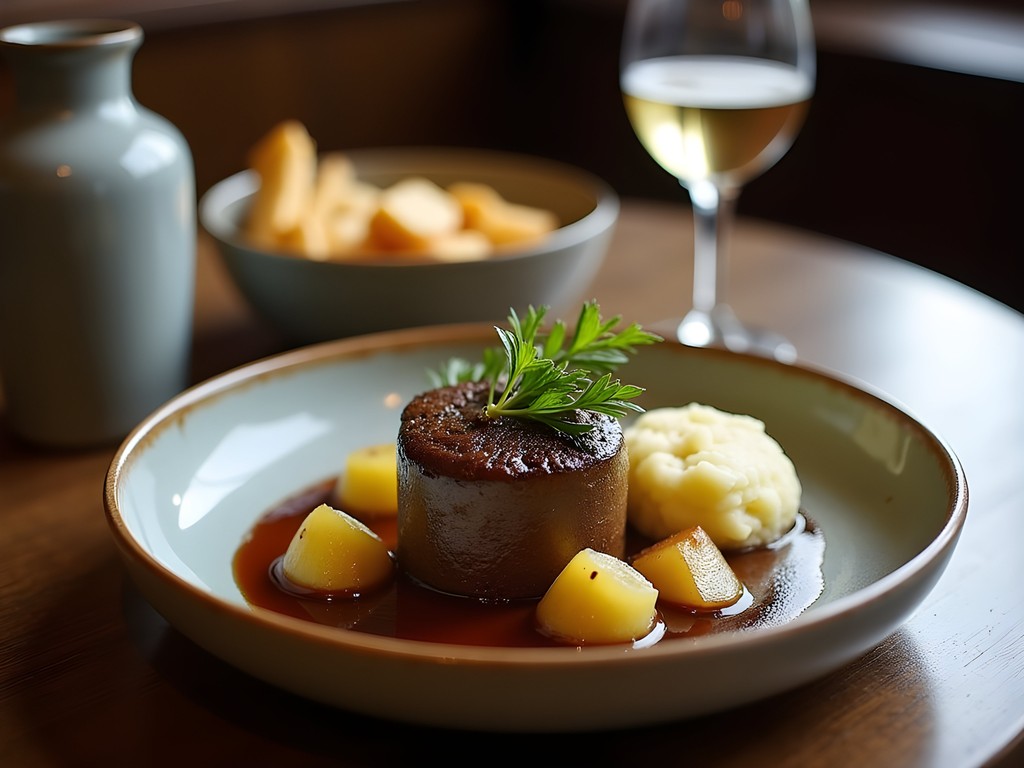
💡 Pro Tips
- Visit The Scran & Scallie for lunch when prices are lower but quality remains exceptional
- Try cullen skink at The Bow Bar as a hearty lunch alongside a local ale
- Ask for a 'wee taste' before committing to unfamiliar dishes—most establishments are happy to oblige
Whisky Exploration: A Scientific Approach
Approaching whisky tasting with the methodical mindset of a field biologist proved surprisingly effective. At The Scotch Whisky Experience on the Royal Mile, I initially feared tourist-trap superficiality but instead discovered a genuinely educational introduction to Scotland's most famous export. Their 'Silver Tour' provides an accessible taxonomy of Scotland's whisky regions, ideal for beginners to develop a framework for understanding the remarkable diversity within this single spirit category.
For a more specialized immersion, Cadenhead's Whisky Shop on the Canongate offers an experience akin to specialized fieldwork. This independent bottler maintains meticulous records of each whisky's provenance and production variables. The staff guided me through a comparative tasting of Speyside expressions, demonstrating how subtle differences in water source, barley variety, and maturation environment create distinct flavor profiles—a perfect example of terroir that rivals any wine region I've studied.
The pinnacle of my whisky research occurred at The Devil's Advocate, tucked away in a medieval close off the Royal Mile. Here, I deployed my pocket notebook to document a horizontal tasting of island whiskies, comparing how maritime influences and peat levels interact to create dramatically different expressions. The bartender's knowledge rivaled any academic specialist, explaining chemical processes like esterification in accessible terms while pouring drams of increasingly complex character.
While casual visitors might simply enjoy the warming sensation of a good whisky, approaching tastings with observational rigor reveals the fascinating intersection of chemistry, geography, and cultural tradition that makes Scotch whisky an ideal lens through which to understand Scotland itself.
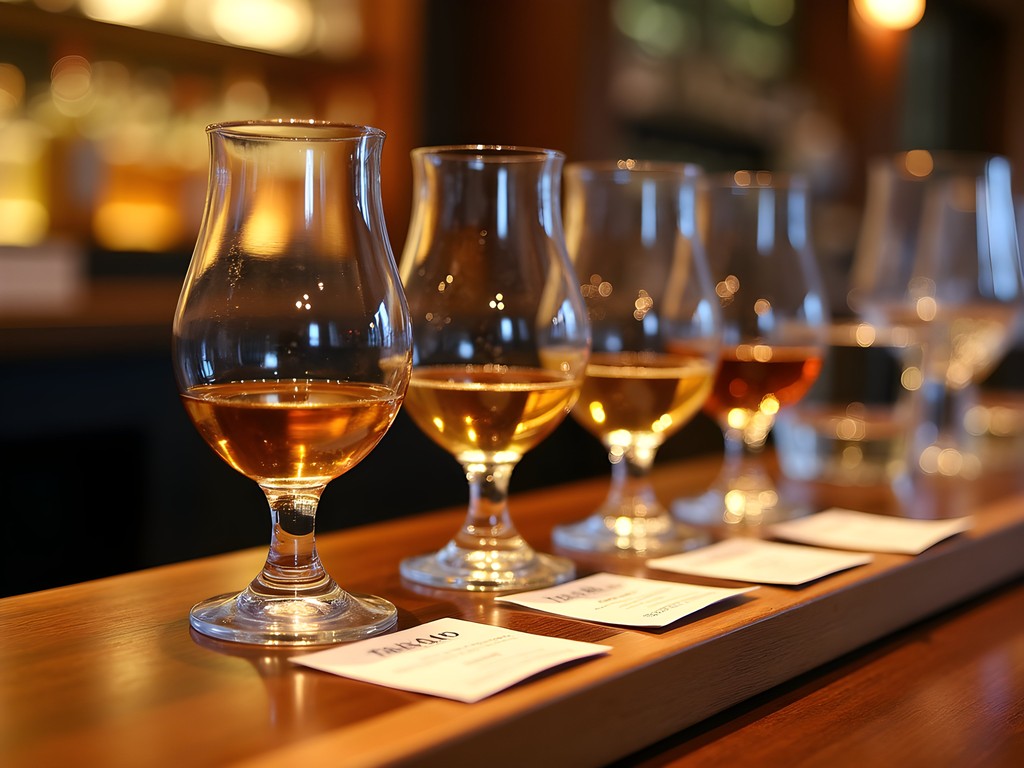
💡 Pro Tips
- Book whisky tastings earlier in the day when your palate is fresher
- Stay hydrated—I keep a water bottle with me and drink between samples
- Take notes on your preferences rather than relying on memory, especially after multiple drams
Edinburgh's Farmers Markets: Local Ecosystems on Display
My research into urban biodiversity consistently reveals that farmers markets function as crucial interfaces between rural production and urban consumption. Edinburgh's markets exemplify this relationship brilliantly, with the Edinburgh Farmers' Market on Castle Terrace standing as the prime specimen. Held every Saturday beneath the dramatic backdrop of Edinburgh Castle, this market creates a living transect of Scotland's agricultural diversity.
During my systematic sampling of the market's offerings, I documented remarkable biodiversity: heritage vegetable varieties from East Lothian, island cheeses reflecting specific microclimates, and honey products demonstrating distinct floral signatures from different Scottish regions. The Seriously Good Venison stall particularly fascinated me, as their ethical deer management represents a sustainable solution to Scotland's deer population challenges while producing exceptional meat products.
For a more specialized collection, Stockbridge Market (Sundays only) offers a smaller but carefully curated selection, including foraged items that connect directly to my research interests. Here I discovered a forager selling wild garlic pesto and preserved mushrooms that demonstrated the underappreciated richness of Scotland's woodland ecosystems.
Perhaps most impressive was finding East Coast Cured, a small-batch charcuterie producer applying traditional preservation techniques to Scottish meats. Their whisky-cured salmon represents a perfect symbiosis of Scotland's aquatic and distilling traditions—the kind of elegant adaptation that would impress any evolutionary biologist.
I've found that purchasing a insulated backpack has been invaluable for these market explorations, allowing me to collect samples throughout the morning without concern for perishability. This approach enables a more thorough survey of available products before making final selections.
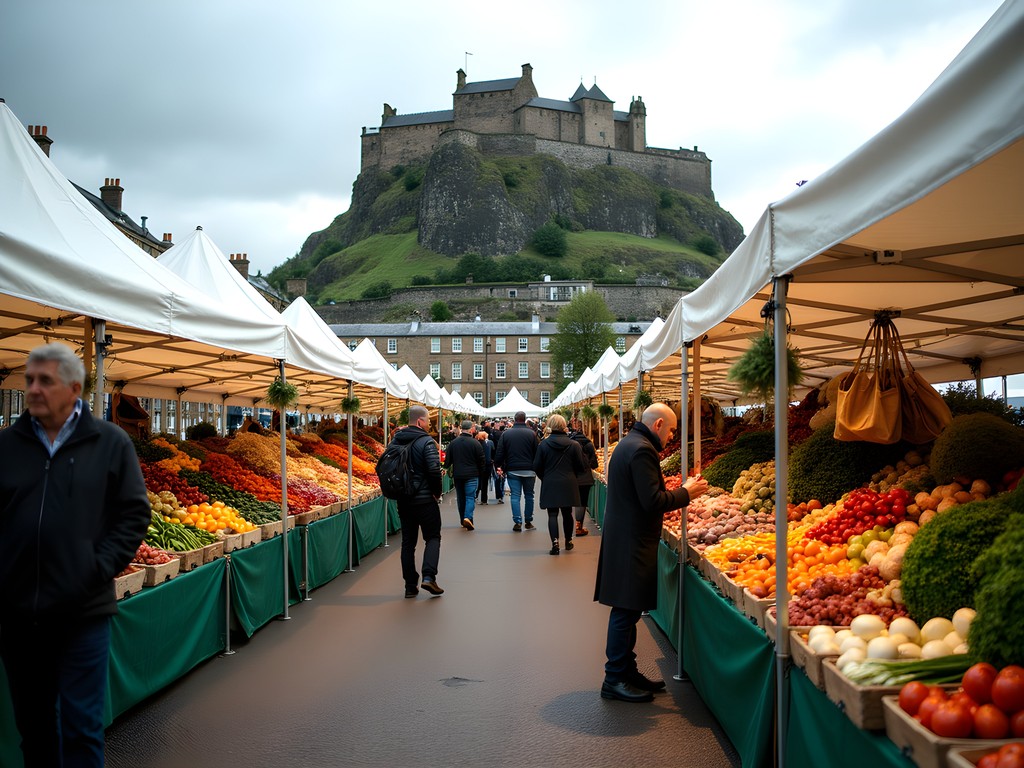
💡 Pro Tips
- Arrive at Edinburgh Farmers' Market early (around 9am) to avoid crowds and secure the best selection
- Bring cash as some smaller producers don't accept cards
- Ask vendors about seasonality—many can suggest how to prepare unfamiliar seasonal items
Contemporary Scottish Cuisine: Evolution in Action
Edinburgh's contemporary food scene demonstrates culinary evolution in real-time—chefs applying modern techniques to Scotland's exceptional natural resources. The Gardener's Cottage exemplifies this approach, with their seasonal set menu responding directly to available local ingredients. During my visit, their treatment of North Sea cod with foraged coastal plants created a fascinating representation of Scotland's maritime ecosystem on a single plate.
For a more experimental approach, Aizle employs a 'blind' tasting menu format, where diners receive only a list of seasonal ingredients rather than dish descriptions. This methodology produces fascinating results, like their dessert pairing of rhubarb (cultivated in Scotland since the 18th century) with native meadowsweet—a combination that elegantly bridges agricultural and wild food systems.
My systematic exploration also led me to Timberyard, housed in a former woodworking warehouse. Their preservation program particularly impressed me, with fermentation and smoking techniques that both enhance flavor and connect to Scotland's pre-refrigeration food traditions. The restaurant's commitment extends to their carefully designed cocktail program featuring foraged botanicals and house-made infusions that showcase Scotland's overlooked plant diversity.
Perhaps most exciting was discovering Fhior on Broughton Street, where chef Scott Smith creates dishes that function as edible research projects. His work with heritage grains and overlooked Scottish ingredients demonstrates how gastronomy can contribute to agricultural biodiversity conservation. Their sourdough bread program alone deserves academic study, utilizing Scottish heritage grains that offer both superior flavor and greater resilience in Scotland's growing conditions—a culinary example of the biodiversity principles I study professionally.
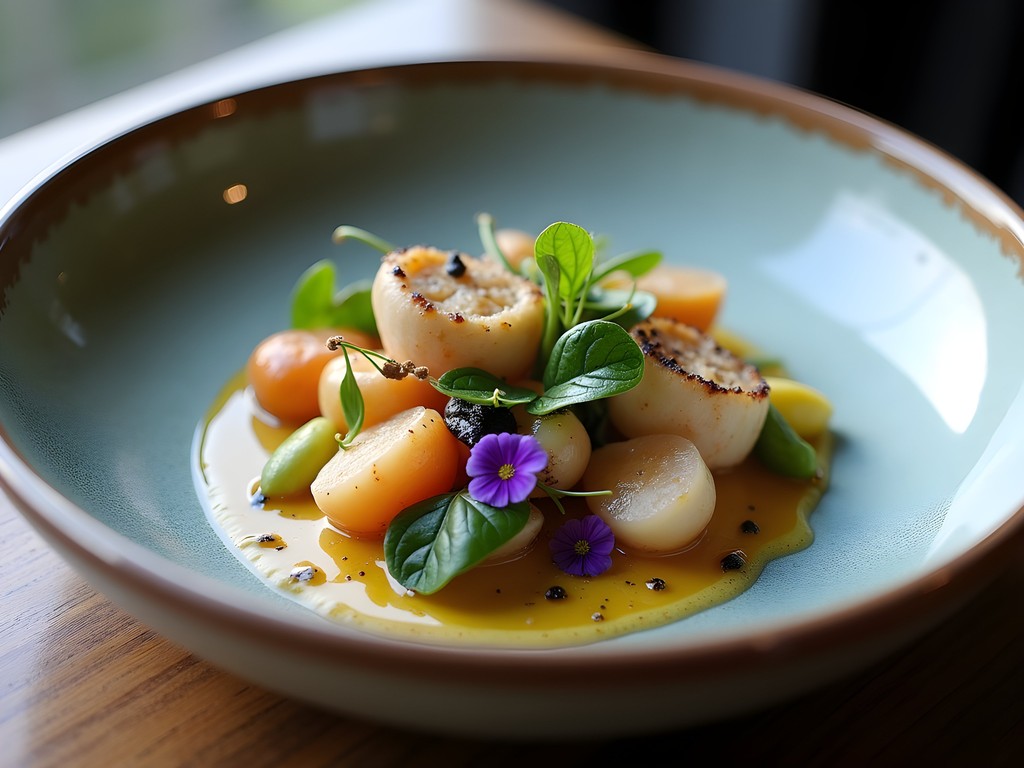
💡 Pro Tips
- Book contemporary restaurants at least 3-4 weeks in advance, especially for weekend dinners
- Consider lunch for a more affordable way to experience high-end Scottish cuisine
- Ask about the sourcing philosophy—most chefs are passionate about their producers and happy to discuss them
Hidden Gems: Specialized Culinary Niches
Beyond Edinburgh's well-documented food attractions lie specialized establishments that, like rare species in an ecosystem, occupy distinct niches within the city's culinary landscape. Lovecrumbs in the West Port area has developed a specialized focus on exceptional baked goods, particularly their ever-changing cake selection. Their cardamom and orange cake represents a perfect example of how introduced spices have been incorporated into local culinary traditions over centuries of trade.
For those interested in beverage evolution beyond whisky, Smith & Gertrude in Stockbridge offers a carefully curated selection of natural wines paired with Scottish cheeses. This wine bar provides a fascinating comparative framework for understanding how fermentation processes differ between distilling and winemaking traditions.
My fieldwork also led me to Considerit, a plant-based chocolate and donut shop that demonstrates how dietary adaptations can drive culinary innovation. Their sea salt and seaweed chocolate combines traditional Scottish coastal ingredients with contemporary plant-based techniques—a perfect example of culinary adaptation to changing consumer preferences.
Perhaps the most specialized niche I discovered was The Pitt Market in Leith, open weekends only. This collection of street food vendors occupies a former industrial yard, creating a temporary but vibrant food ecosystem. Here I found Barnacles & Bones, specializing in overlooked cuts of meat and underutilized seafood—their razor clam ceviche demonstrates how culinary creativity can address sustainability challenges in marine resource utilization.
For capturing these culinary explorations, I've found my compact camera invaluable. Its superior low-light performance allows for unobtrusive documentation in Edinburgh's often dimly-lit establishments without disrupting the dining experience with flash photography.

💡 Pro Tips
- Visit The Pitt Market with an empty stomach to sample multiple vendors
- Pre-order popular items at Considerit online to avoid disappointment
- Try Smith & Gertrude's cheese and wine flights for a curated pairing experience
Final Thoughts
Edinburgh's food scene, like any healthy ecosystem, thrives on both tradition and innovation—the culinary equivalent of evolutionary processes that fascinate me professionally. From centuries-old recipes that represent perfect adaptations to Scotland's resources to contemporary chefs creating new niches within the gastronomic landscape, this compact city offers remarkable diversity for the curious culinary explorer. What strikes me most is how Edinburgh's volcanic geography, maritime climate, and complex history are all legible through its food—a delicious form of environmental interpretation. Whether you're analyzing whisky production through the lens of terroir or observing how modern chefs utilize foraged ingredients that have sustained Scotland for millennia, Edinburgh invites visitors to engage with food as both pleasure and knowledge. I encourage you to approach your own culinary journey with both systematic curiosity and genuine appreciation—field notes optional, but a healthy appetite essential.
✨ Key Takeaways
- Edinburgh's food scene balances traditional Scottish fare with innovative contemporary cuisine
- Whisky exploration offers insights into Scotland's regional diversity and production methods
- Farmers markets provide the best access to local, seasonal Scottish ingredients
- Advance booking is essential for fine dining establishments, especially on weekends
📋 Practical Information
Best Time to Visit
Year-round, though August (festival season) requires advance bookings
Budget Estimate
£60-100 per day for food and drink experiences
Recommended Duration
3-4 days for comprehensive culinary exploration
Difficulty Level
Beginner

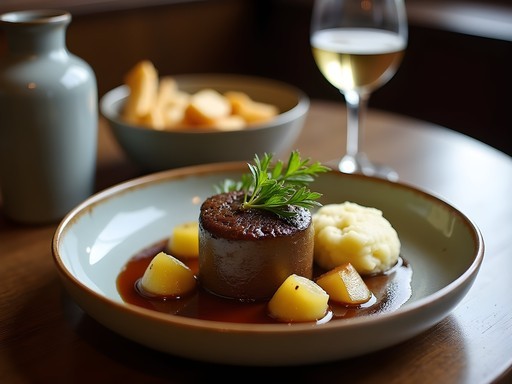
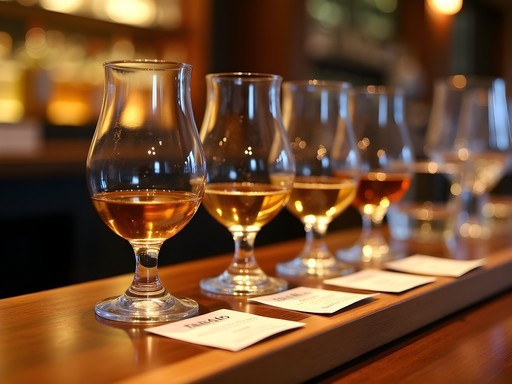


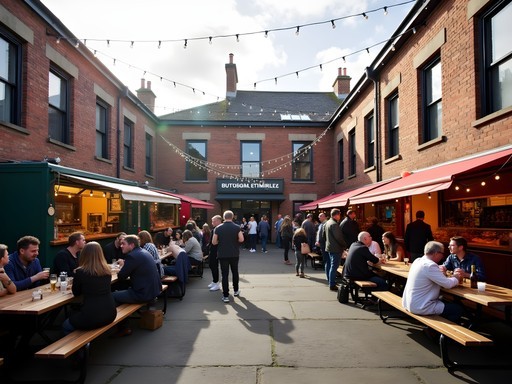










Comments
luckyblogger
I visited Edinburgh last spring and was pleasantly surprised by how vegetarian-friendly it was! The veggie haggis at Henderson's was amazing. Also stumbled upon this tiny coffee shop called Brew Lab that had the best flat white I've ever tasted. Your whisky section makes me wish I'd done more tastings while I was there. Guess I need another trip!
Douglas Bradley
Connor, your ecological perspective on Edinburgh's culinary landscape offers a refreshing analytical framework. I've visited Edinburgh numerous times for cultural research, and I've observed how the city's food traditions reflect its complex history of scarcity and abundance. Your analysis of contemporary Scottish cuisine as 'evolution in action' particularly resonates. I'd add that establishments like The Kitchin and Aizle represent fascinating case studies in how Scottish chefs are reinterpreting traditional ingredients through modern techniques. I documented much of this in my food journal during my last visit. Have you noticed how the nearer you get to tourist areas, the more 'performative' traditional Scottish cuisine becomes? There's an interesting cultural preservation vs. authenticity dynamic at play.
wavewalker
Just booked my first trip to Scotland! Saving this post for reference.
greennomad2534
YES!!! Edinburgh's food scene is INCREDIBLE! We spent a week there last summer and I'm still thinking about the culinary walking tour we did! The guide took us to places we'd never have found on our own. Did you try the cranachan? That dessert changed my life!!
wavewalker
Which walking tour did you do? Heading there in December!
greennomad2534
We did Edinburgh Food Safari - worth every penny! Wear comfy shoes and come hungry!
Sophia Gomez
Connor, your analytical approach to food exploration resonates with me! I was in Edinburgh last year for a business conference and found myself sneaking away to explore the food scene. The farmers market at Castle Terrace was a revelation - I still dream about that artisanal cheese I bought from a Highland dairy farmer. Did you try any of the seafood restaurants? The oysters I had at The Fishmarket in Newhaven were incredibly fresh. Your whisky section brought back memories of my impromptu tasting at Cadenhead's - the staff there were walking encyclopedias of whisky knowledge!
hikingnomad
Great post! Did you have a favorite whisky distillery tour? Planning my trip for November and there seem to be so many options.
Connor Gonzalez
Thanks! I particularly enjoyed the Holyrood Distillery tour - it's actually in the city itself and their approach is quite scientific. The Scotch Whisky Experience on Royal Mile is also great for beginners!
dreamblogger
That haggis photo has me drooling! Looks way better than I expected.
wavewalker
Right?! I was scared to try haggis but ended up loving it in Edinburgh!
dreamblogger
That makes me feel better about trying it on my trip next month!
globelover
Love how you connected food culture to ecosystems! Never thought about it that way before.
photohero
Coming back to Edinburgh in October - anyone know if that modern Scottish restaurant with the foraged ingredients menu is still open? It was somewhere near Leith but I can't remember the name!
islandguide
Are you thinking of Aizle or perhaps The Kitchin?
photohero
Yes! It was Aizle! Thank you - going to try booking now.
Stephanie Romano
Connor, you've captured Edinburgh's food scene perfectly! We took our kids there last summer and were worried they'd be picky, but they surprised us. My 9-year-old actually asked for seconds of cullen skink soup at The Scran & Scallie! The Stockbridge Market on Sundays became our weekend ritual - the kids loved the artisanal ice cream while my husband and I sampled cheeses from the Highlands. For families reading this, I highly recommend the Scottish Storytelling Centre's food-themed events - they combine traditional tales with tastings that even picky eaters enjoy. Your ecological perspective adds such a refreshing lens to food tourism!
Connor Gonzalez
Thanks Stephanie! I didn't know about the Storytelling Centre's food events - that sounds fantastic. Kids really are surprising with what they'll eat when the cultural context is engaging!
Venture X
Premium card with 2X miles, $300 travel credit, Priority Pass